How to grow viola from seeds using seedlings?
Pansies have long been loved by gardeners. This flower is also known under a different name - ampelous viola, growing from seeds will require some knowledge. But she is unpretentious and hardy, caring for her is easy. A variety of varieties and, accordingly, colors, will add charm to any garden.
Features of the viola ampelous
The ampelous viola is easy to distinguish from other types of garden violets. Her bush is spherical. During the flowering period, many flowers appear on it. They can be plain or multi-colored, it depends on the variety. At first, the shoots grow vertically, but then take a falling position. The size of the bush depends on the variety. But almost all of them bloom for a long time: from spring to early autumn, they are not afraid of minor frosts. The plant can be annual or biennial.
When growing viola from seeds at home, one of three schemes is used:
- Planting in the fall in open ground. Often this sowing is indicated in the instructions on the seed bags. It is held in early September. Before frost, plants have time to rise and grow stronger, they develop a root system. In April, they quickly begin to grow and soon flowers appear on them.
- Sowing in early spring. Seedlings are grown, which are then transplanted into open ground or in boxes on the balcony.
- Summer landing. If you sow the seeds of ampelous viola in the first half of June, then by the beginning of autumn it will bloom. Having successfully overwintered, in the spring it will begin to bloom.
How to grow seedlings?
Despite the fact that it is possible to plant directly in open ground, experienced gardeners often prefer seedlings. This method is considered more reliable. In order for the viola to bloom by the beginning of summer, sowing is carried out no later than the first half of March. At this time, natural light is still quite weak, so it is worth taking care of additional. It is recommended to pre-soak the seeds in a solution of Epin or Zircon. These drugs stimulate growth and also increase resistance to various diseases. You also need to prepare the ground. A peat substrate is best suited; there is no need to add fertilizer to it before planting.
It is important that there is good drainage in the container. Pour the substrate with water before sowing, place the seeds on it. Then sprinkle them with vermiculite, and then cover with foil or glass. From time to time, the shelter must be removed to ensure ventilation. This reduces the risk of developing a disease such as blackleg, as the fungus will not actively multiply. When shoots appear, the need for shelter will disappear.
A significant part of caring for viola seedlings at home is picking. If the sowing was done in cups, then you just need to leave one of the strongest sprout. In cases where a large box was used, a double pick is required. The first time this is done after the first pair of true leaves have formed. The second time is needed 1.5 months after this moment. At this stage, seedlings must be planted in separate containers. If a large container is used, then the distance between the seedlings should be at least 6 cm. Some growers refuse the second pick, planting plants directly in open ground.
Lighting, temperature, feeding
In order for the viola to grow healthy, it is important to provide the right lighting and temperature conditions. The minimum daylight hours required for normal development should be 14 hours.Since it gets dark early in March, you cannot do without special phytolamps or ordinary fluorescent lamps. Without additional lighting, the seedlings will stretch too much.
The temperature in the room where the containers with future seedlings are located should be from 18 to 20 degrees. It is worth noting that even a small discrepancy can greatly slow down growth. If the temperature is slightly higher than recommended, then it is quite possible that the seedlings will appear not in a week, but in a month.
When sprouts are visible above the surface, then the containers should be transferred to a cooler place. The temperature regime there must be maintained as follows: 12-15 degrees. When the seedlings grow up, they will not be afraid of a slight drop in temperature. The plant is cold-hardy enough. Cold will slow down the pull when there is a lack of light.
When growing seedlings on a peat substrate, it is not required to pre-fertilize the soil. But three weeks after sowing, this must be done. Any mineral dressing is suitable, the solution is watered under the root so that moisture does not get on the leaves. The procedure should be repeated every month.
How to transplant?
By mid-May, the seedlings will get strong enough, so that they can be safely transplanted into open ground. In addition, by this time the earth will warm up enough. They do it this way:
- Each bush should be planted in a separate hole. The depth of such a hole is about 6 cm.
- There should be at least 15 cm between the holes. This will allow the plant to grow freely.
- It is recommended to lay out the bottom of the hole with small pebbles.
- After that, you can stir the seedlings into the hole. It is worth noting that it is transplanted together with an earthen lump.
- Now it's time to cover the depression with earth. You do not need to tamp it.
- The transplant is completed with watering, water must be poured at the root.
Plant care
In order for the flowers to show themselves in all their glory, the viola must be properly and regularly looked after. It should be remembered that the root system of this plant is small, only up to 20 cm. That is why the soil must be loose and sufficiently moist. Viola does not like excess moisture. If the summer is not too dry, then natural rainfall will suffice. Only when the temperature is high for a long time does the need for additional watering appear.
Advice! If the plant suffers from caterpillars that eat its leaves, then it should be sprayed with chlorophos or tobacco infusion.
It is of course important to cut the weeds on time. You also need to remove wilted flowers, this must be done together with the seed pods. If you leave them, the viola will not bloom so abundantly. It is not recommended to forget about feeding. They are needed once a month. Ammonium nitrate and superphosphate are suitable for this purpose.
Possible diseases
Planting and caring for a viola is pretty simple. But it is very important to follow all the recommendations for its cultivation, to perform all procedures regularly. Otherwise, the risk of infection of the plant with one of the diseases increases. If only nitrogen fertilizers are used, then the flowers may suffer from powdery mildew. Also, infection is possible if top dressing is carried out in an early clear morning, after abundant dew has fallen out. A sign of the disease is a grayish coating that appears on different parts of the plant.
To cure a bush, it must be sprayed with one of the special agents. Suitable for this is foundazol, soda ash with soap, ground sulfur. It happens that one procedure is not enough, the plaque does not disappear. Then, after a couple of weeks, it is held again.
As a result of waterlogging, a black leg may develop. In this case, soil moisture should be normalized, and the infected plants should be destroyed. The places where they grew must be treated with a foundation to protect the rest of the flowers. Another unpleasant disease is spotting. The leaves dry out from it, and the bushes weaken. To prevent the infection from spreading to other plants in the garden, it is recommended to burn the affected specimens.The rest must be treated twice with Bordeaux liquid.
After flowering
In early autumn, you can harvest the seeds of the plant. After the flower withers, a seed pod will be visible in its place. By the time it is ready to be collected, it will turn over. Such boxes need to be cut off and seeds removed from them. Dry them in a warm place, keep it best in the refrigerator.
The seed pods do not need to be removed. Then self-seeding will occur. Seedlings will appear in spring or even autumn. If you miss the time, thin out and plant them at the right time, then there will be no need for seedlings.
In addition to ampelous viola, other types of plants are also popular. For example, such:
- Viola wittroca. It is presented in many varieties. Most often grown as a biennial. Looks great in microborders.
- Viola tricolor. Differs in tricolor petals.
- Viola is yellow. The most hardy species, easily recognized by its bright yellow colors with a dark speck.
Growing ampelous viola at home is possible even for a novice florist. The most reliable way to get a plant from seed is through seedlings. If you adhere to all the recommendations, then the result will surely please.
But even after transplanting into open ground, care must not be forgotten. The soil should be loosened and, if necessary, watered, and fed regularly. And the reward for the work will be wonderful flowers that will decorate the garden for the whole summer.
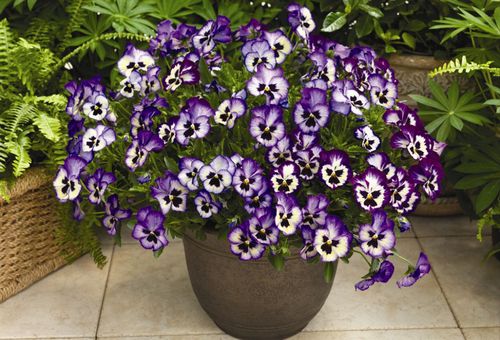




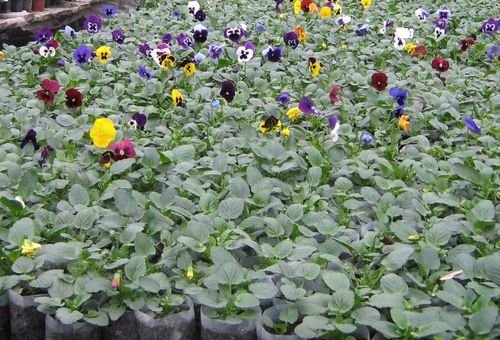
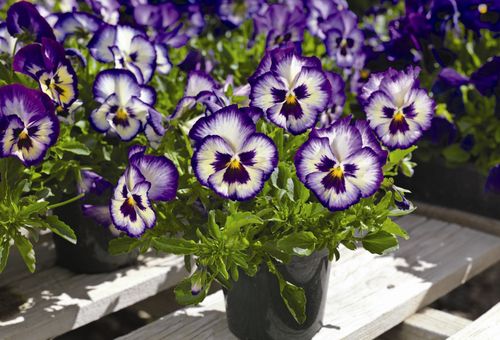

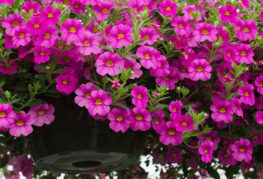
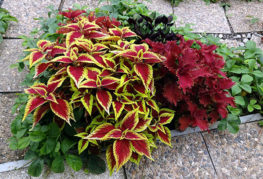


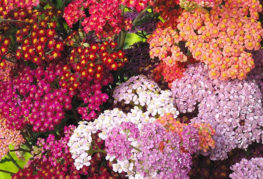
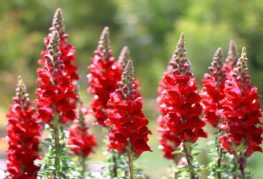
and will be published shortly.